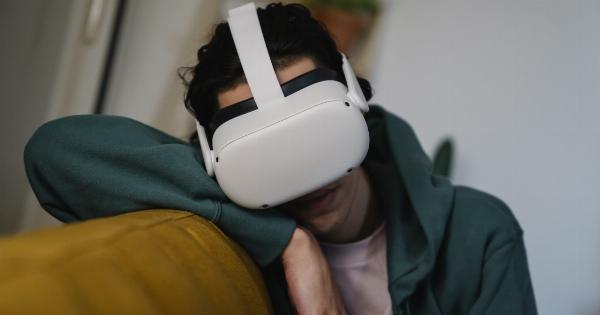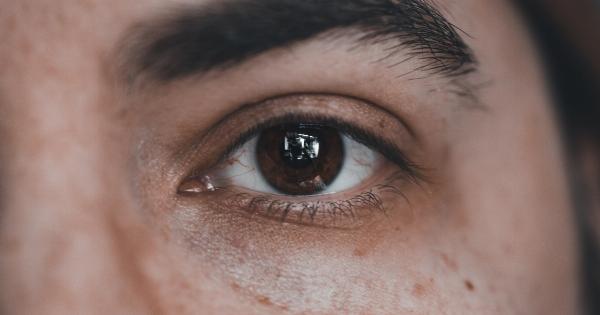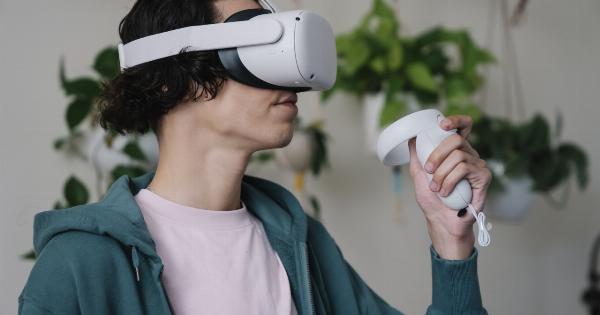Myopia, commonly known as nearsightedness, is a vision condition that affects a significant portion of the global population. People with myopia have difficulty seeing objects clearly at a distance but can see nearby objects clearly.
While glasses and contact lenses have been the traditional solutions for myopia, advancements in medical technology have introduced new treatment options. One such treatment is waterfall surgery. In this article, we will delve into the details of waterfall surgery for myopia, including what it is, how it works, its benefits, risks, and what you need to know before considering it as a treatment option.
What is Waterfall Surgery for Myopia?
Waterfall surgery, also known as phacoemulsification, is primarily performed to treat cataracts. However, recent studies and technological advancements have shown its potential in correcting myopia as well.
Phacoemulsification involves replacing the eye’s natural lens with an intraocular lens (IOL) to restore clear vision.
How Does Waterfall Surgery Work?
Waterfall surgery for myopia begins with the administration of local anesthesia to the eye to ensure the patient feels no pain during the procedure. Once the anesthesia takes effect, the surgeon creates a small incision on the cornea.
Through this incision, the surgeon inserts a tiny probe that emits ultrasound waves to break up the cloudy lens caused by myopia.
The fragmented lens is then gently suctioned out, making way for the insertion of the artificial intraocular lens (IOL).
The IOL serves as a permanent replacement for the natural lens, providing improved vision without the need for glasses or contact lenses.
Benefits of Waterfall Surgery for Myopia
Waterfall surgery offers several benefits for individuals seeking a long-term solution to myopia:.
- Improved Vision: Waterfall surgery can significantly improve visual acuity, allowing individuals to see clearly at various distances.
- Reduced Dependence on Corrective Devices: With an intraocular lens in place, patients may no longer need to rely on glasses or contact lenses for day-to-day activities.
- Enhanced Quality of Life: Clear vision without the hassle of corrective devices can enhance overall quality of life, making daily tasks easier and improving self-confidence.
- Prevention of Further Myopia Progression: Waterfall surgery can also slow down the progression of myopia in some cases, reducing the need for frequent prescription updates.
Risks and Considerations
While waterfall surgery for myopia is generally considered safe, there are certain risks and considerations that individuals need to be aware of:.
- Infection: As with any surgical procedure, there is a small risk of infection. Following post-surgery care instructions and maintaining good hygiene can minimize this risk.
- Retinal Detachment: In rare cases, waterfall surgery may increase the risk of retinal detachment. However, this risk is minimized with proper screening and evaluation before the surgery.
- Glare and Halos: Some patients may experience glare or halos around lights, especially during nighttime vision. These visual disturbances are usually temporary and resolve gradually over time as the eyes adjust to the intraocular lens.
- Contrast Sensitivity: While visual acuity improves, some individuals may experience a slight reduction in contrast sensitivity. This can affect the ability to distinguish shades of color or objects in low-light conditions.
Is Waterfall Surgery Right for You?
Deciding whether waterfall surgery is the right treatment option for your myopia requires careful consideration and consultation with an ophthalmologist.
Factors that may influence this decision include the severity of your myopia, your lifestyle requirements, and your overall eye health. It is essential to discuss any existing eye conditions, medications, or allergies with your doctor to determine the suitability of waterfall surgery for your specific case.
Waterfall Surgery Procedure and Recovery
The duration of the waterfall surgery procedure is typically short, lasting around 30 minutes to an hour. After the surgery, patients are usually advised to take it easy for a few days and avoid any strenuous activities that may strain the eyes.
Recovery from waterfall surgery is relatively quick, with most patients experiencing improved vision within a day or two.
However, it is vital to follow the post-surgery instructions given by your doctor to ensure optimal recovery and avoid any complications.
Cost of Waterfall Surgery for Myopia
The cost of waterfall surgery for myopia can vary depending on various factors such as geographical location, surgeon’s expertise, type of intraocular lens used, and additional pre or post-surgery treatments.
It is advisable to consult with your ophthalmologist and health insurance provider to understand the potential costs involved and any coverage available.
Conclusion
Waterfall surgery, or phacoemulsification, offers individuals with myopia a potential solution for long-lasting visual correction.
With its benefits of improved vision, reduced dependence on corrective devices, and potential prevention of myopia progression, it is an attractive treatment option to consider. However, like any surgical procedure, there are risks and considerations that need to be taken into account. Consultation with an experienced ophthalmologist is crucial to determine the suitability of waterfall surgery for your individual needs.
Remember, maintaining good eye health, regular check-ups, and discussing all available options with your doctor is essential for making an informed decision.



























